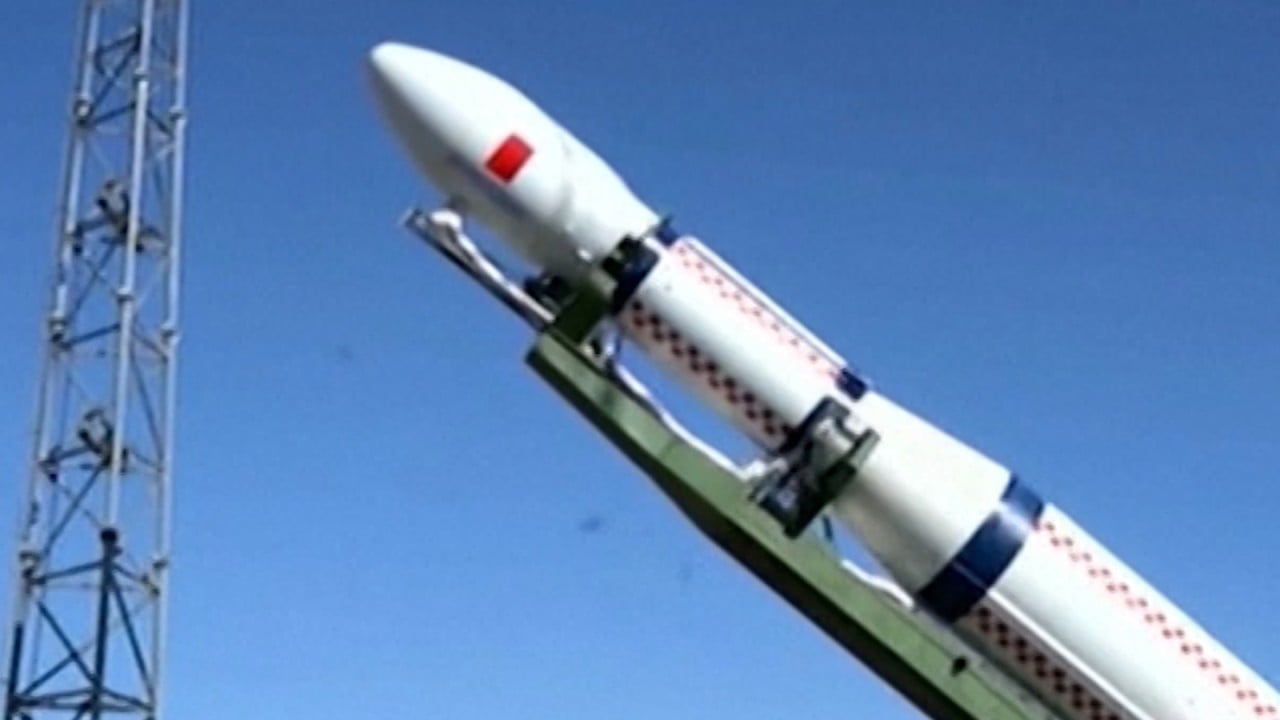
China unveils plan to transform manufacturing sector with internet of things
- China plans a hi-tech transformation of manufacturing to offset rising production costs and consolidate its position in global supply chains
- Beijing will help modernise the sector with advancements in 5G, cloud computing and IoT, the government said on Thursday
Beijing is looking to sharpen the global competitiveness of “Made-in-China” products with a new plan to accelerate the use of information technology in traditional manufacturing sectors.
The country will embark on a technology-driven transformation of manufacturing to offset rising production costs and consolidate its position as the world’s workshop, according to the 2021-23 action plan unveiled by the Ministry of Industry and Information Technology on Thursday.
“The next three years will be a rapid growth period for the industrial internet,” the ministry said in an online statement. “[We] must make great efforts to address deeply buried difficulties and pain points to push forward the digitalisation of industries and digital industries as well.”

01:06
China launches world’s first 6G satellite into orbit
After selecting four national pilot projects and 258 smaller demonstration projects in its 2018-20 plan – worth a combined investment of nearly 70 billion yuan (US$10.8 billion) – the government’s new initiative will strengthen infrastructure through deep technology penetration and building 30 factories fully connected by 5G technology in 10 key industries.
Beijing will also create more IoT platforms and aims to have three to five internationally-known providers by 2023.
China’s digital economy was valued at US$5.2 trillion (US$805 billion) in 2019, the second largest in the world, according to an estimate from the China Academy of Information and Communications Technology, an affiliate of the ministry of industry. It accounted for about 36 per cent of gross national product, although was about 40 per cent of the size of the US digital economy.
Compared to China’s booming e-commerce sector, which reported transactions worth 34.8 trillion yuan in 2019 and saw explosive growth during the coronavirus pandemic, the nation’s manufacturers are facing huge challenges.

01:55
Coronavirus: Shanghai cooking robots introduced to local school to prevent spread of Covid-19
The rising cost of labour and cancellation of preferential tax treatment have forced some foreign investors to relocate factories to cheaper countries such as Vietnam and Indonesia.
China’s leaders are pushing for home-grown technological innovation to make it more resilient to external shocks and fuel domestic consumption, a key part of the government‘s dual circulation economic strategy.
Fixed-asset investment in manufacturing dropped 2.2 per cent last year, compared to a 0.9 per cent rise in infrastructure investment and 7 per cent growth in property investment, government data showed.
Zhang Haoxiang, deputy director of the planning institute at the China Academy of Industrial Internet, said small and medium-sized enterprises generally lacked incentives for digital innovation.
“The lack of capital and talent are key constraints,” he was quoted as saying by the People’s Daily, the Communist Party mouthpiece.
Large enterprises should make resources within their IoT platforms to facilitate small players’ specialisation in design, R&D, manufacturing, marketing and brand building, he said.

